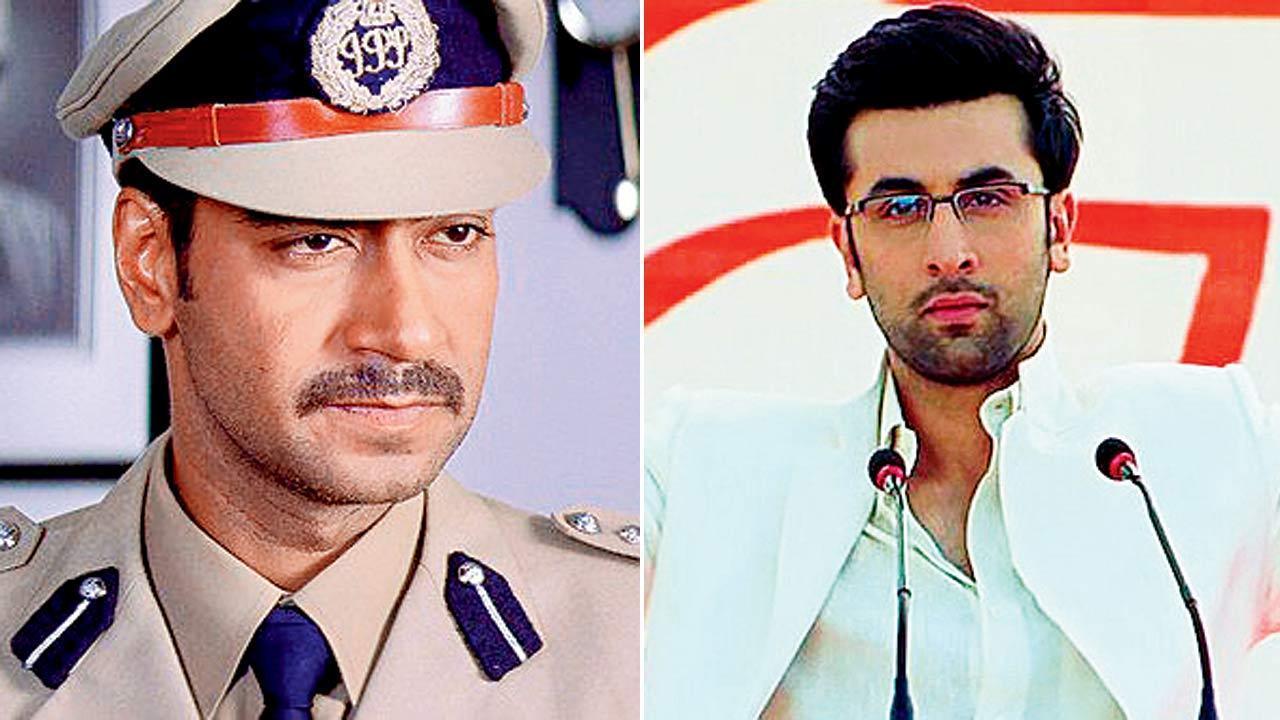
Team India launched their Super Eight campaign in grand style with a commanding 47-run victory over Afghanistan at the Kensington Oval in Bridgetown, Barbados, on Thursday. This triumph marked the first time the Men in Blue adjusted their playing XI in the ongoing ICC Men’s T20 World Cup, opting for a horses-for-courses strategy that captain Rohit Sharma emphasized would be a cornerstone as the tournament progressed.
The tactical switch saw left-arm wrist spinner Kuldeep Yadav making way for fast bowler Mohammed Siraj. Rohit Sharma clarified that the decision was made after careful consideration of the pitch conditions. The move proved to be incredibly effective, as Kuldeep Yadav’s spin bewildered the Afghan batsmen, garnering two crucial wickets: Mohammad Nabi and Gulbadin Naib.
In his address during the post-match presentation, Rohit Sharma was candid about the team’s approach towards future matches, stating that they are “open” to making necessary changes based on the nature of the surfaces and the opposition. “We have to assess conditions, the opposition, and based on that, we’re open to making changes if required. We felt that three spinners would be ideal here; if it’s seamer-friendly next time, we’ll go with seamers,” Rohit elaborated.
Kuldeep Yadav was outstanding with the ball, more than justifying his inclusion in the squad. Over his four-over spell, he managed to be both penetrative and economical, conceding 32 runs at an economy rate of eight runs per over. Despite being the most expensive out of the three Indian spinners used against Afghanistan, Kuldeep’s spell was instrumental in unsettling the Afghan batting lineup.
On the other hand, Axar Patel and Ravindra Jadeja brought their A-game to the Kensington Oval. Axar Patel was particularly miserly, giving away just 15 runs during his three-over spell while also claiming the vital wicket of Ibrahim Zadran, Afghanistan’s opening batsman. Similarly, Ravindra Jadeja was equally effective, conceding only 20 runs across three overs at an economy rate of 6.66 runs per over, and he accounted for the wicket of Azmatullah Omarzai.
India’s dominance with the ball was matched by their proficiency with the bat.
. The team posted a competitive total, laying the foundation for their bowlers to exploit. The synergy between India’s batting and bowling departments indicated a well-balanced outfit ready to adapt according to the demands of the game.
Looking ahead, Team India is poised to face their Asian neighbors Bangladesh in their second match of the Super Eight stage at the Sir Vivian Richards Stadium in North Sound, Antigua, on June 22. This fixture adds another layer of complexity, as adapting strategies for different opponents and conditions becomes imperative.
For the Indian squad, this horses-for-courses approach heralds a new paradigm under Rohit Sharma’s captaincy. He seems keen on not sticking rigidly to a predetermined plan but instead adaptable depending on a range of variables – from pitch conditions to opposition strengths and weaknesses. This flexible mindset spells the emergence of a nimble and responsive team strategy, paving the way for a more dynamic form of cricket.
Continuing this adaptable strategy will likely see India alternating between their spin and pace options, contingent upon the specific requirements set by each match’s conditions. It’s an approach designed to fortify the team’s chances throughout a grueling tournament. While the early signs are promising, showcasing an all-round performance against Afghanistan, the real litmus test lies in their forthcoming matches.
With the possibility of implementing different combinations, all eyes will be on Team India’s selection decisions in their next encounters. Fans and analysts alike will be eager to see how Rohit Sharma and his team prepare and react to different challenges that come their way. This match against Afghanistan has set a precedent, but sustaining such high standards through tactical flexibility will be crucial for India as they push deeper into the business end of the ICC Men’s T20 World Cup.
With the tournament now reaching its critical stages, Team India’s ability to read the game’s evolving nuances could be the defining factor in their quest for glory. As Rohit Sharma and his men gear up for their next contest, the spotlight will firmly remain on their capacity to maintain both form and adaptability, hallmarks of a championship-winning side.










